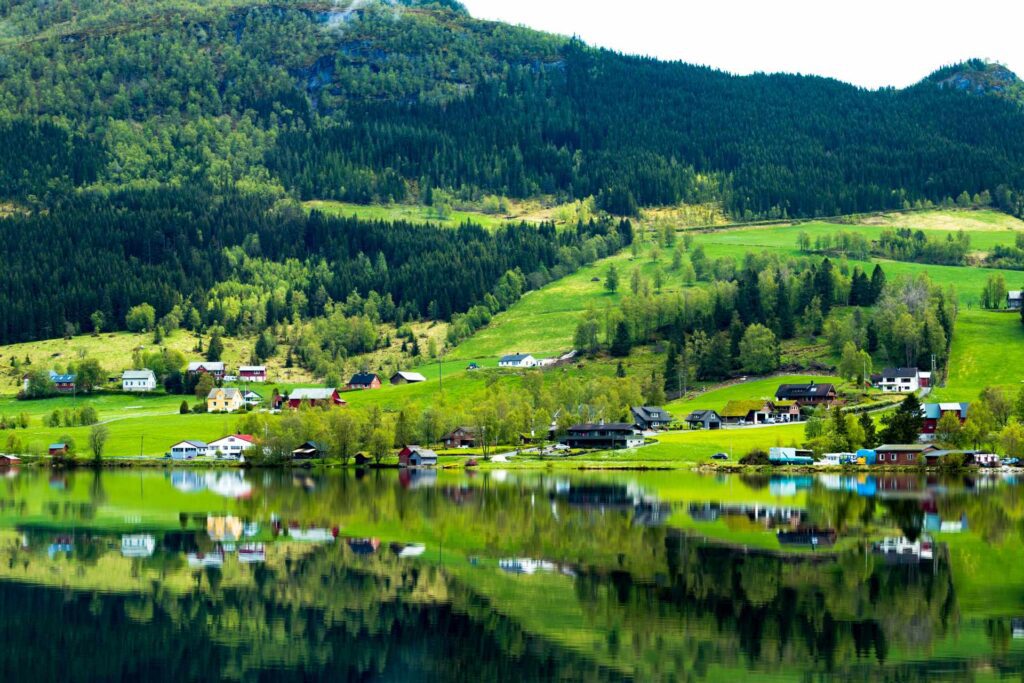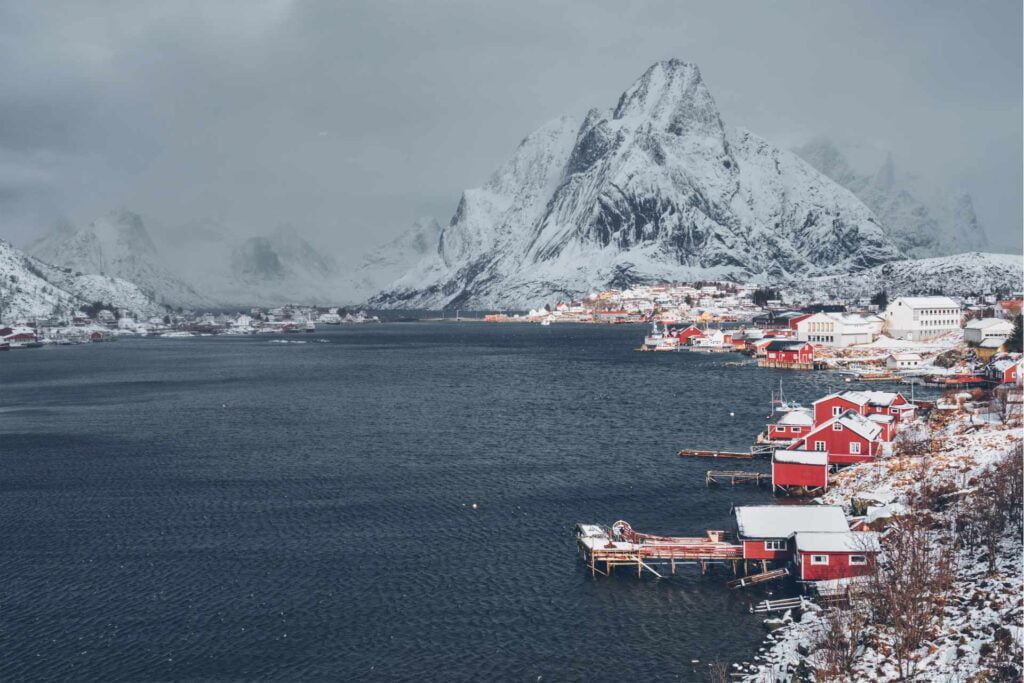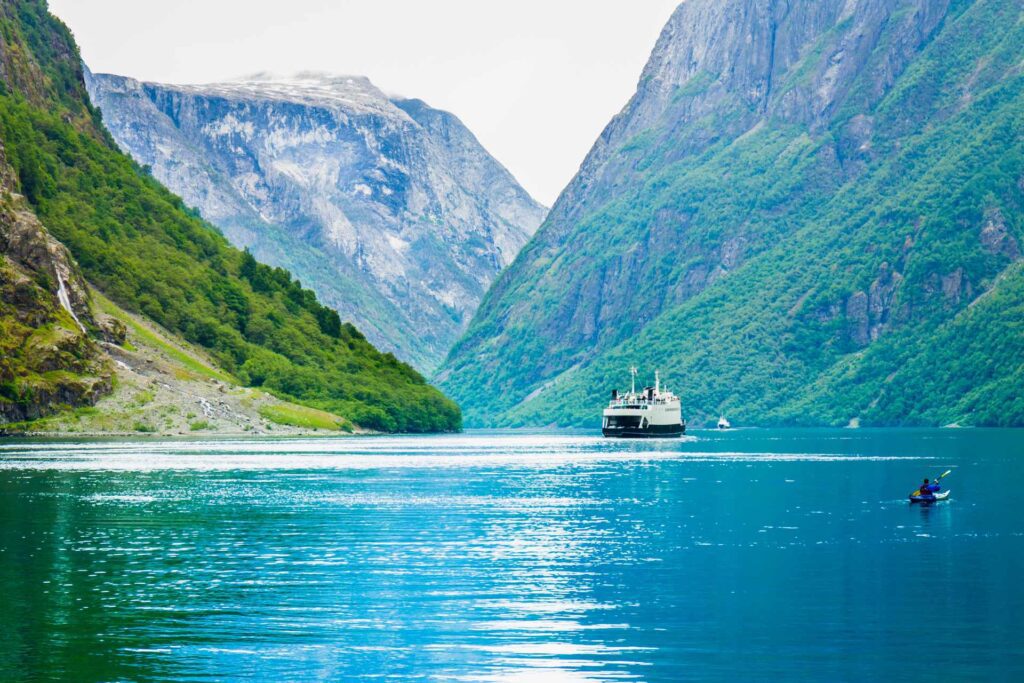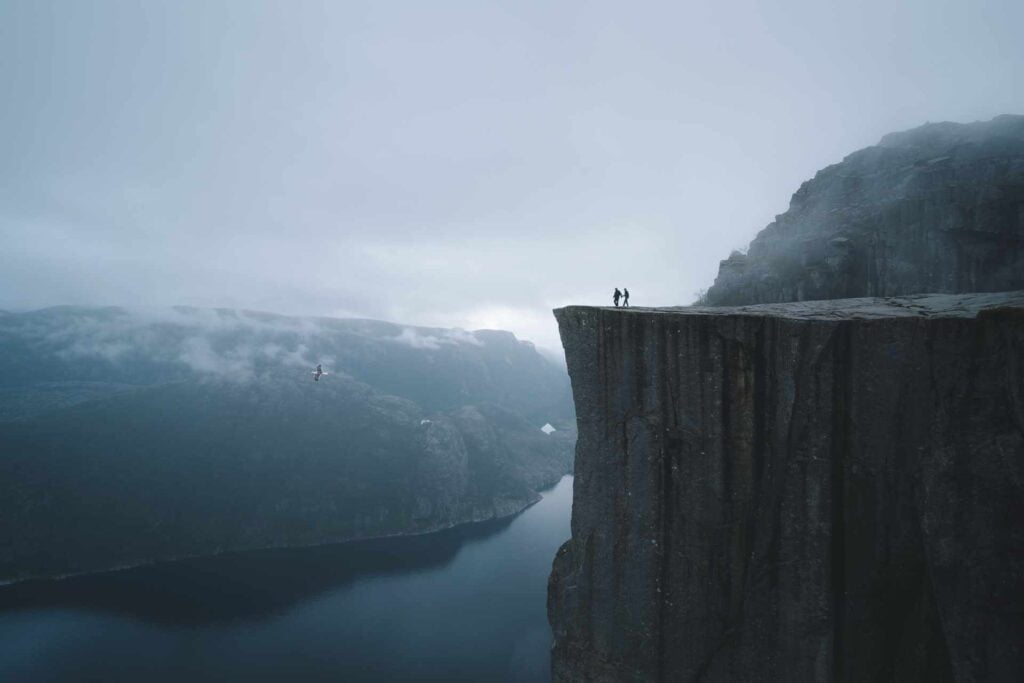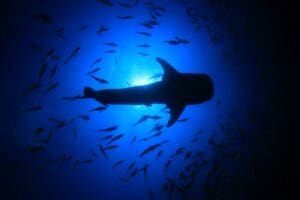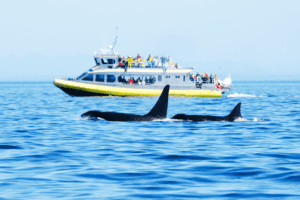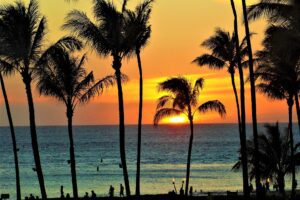Discover Whale Watching in Norway: Your Ultimate Seasonal Guide with Essential Tips
Whale watching in Norway offers a unique opportunity to witness some of the ocean’s most majestic creatures in their natural habitat. The deep, nutrient-rich waters along the Norwegian coast provide ideal conditions for various whale species throughout the year. From the humpback and killer whales that congregate in the winter to the sperm whales that can be seen during the summer, the diversity of whale sightings makes Norway a premier destination for marine wildlife enthusiasts.
The main whale-watching season spans from October to February, when the northerly waters become a playground for a ballet of humpback whales and pods of orcas following the herring. Outside of these months, enthusiasts still have the opportunity to spot different species, as some, like the sperm whale, are present all year round.
To enhance the whale-watching experience, it’s essential to select trustworthy tour operators who adhere to sustainable practices. Responsible tourism ensures minimal disturbance to the whales and promotes conservation efforts. With the right preparation and respect for these marine giants, visitors are set for an unforgettable encounter with Norway’s oceanic wonders.
Best Whale watching Tours in Norway
The Allure of Whale Watching in Norway
Whale watching in Norway is a compelling activity, blending the stunning Norwegian fjords and landscape with the thrill of observing marine life in its natural habitat. The fjords serve as a spectacular backdrop for spotting a variety of marine mammals, including orcas and humpback whales.
- Seasonal Variability: Different species are visible depending on the season. Orcas and humpback whales frequent the fjords in winter, while sperm whales can be observed year-round.
- Natural Beauty: The nature of Norway is unrivaled, and whale watching tours offer a unique way to experience it, often incorporating views of the Northern Lights.
Whale-watching tours are a testament to Norway’s rich marine life. These excursions provide a glimpse into the lives of the whales in Norway but also emphasize conservation and respect for wildlife.
- Tour Options: A variety of tours are available, catering to different preferences, from silent electric ships to more traditional boats.
Norway’s approach to whale watching is regulated to ensure minimal impact on the whales. This responsible perspective has made Norway a prime destination for respectful and sustainable whale watching.
- Expectations: Participants should be prepared for the variable weather and equipped with layers and waterproof gear for an optimal experience.
Experiencing the majesty of whales firsthand is a stirring reminder of our connection to nature and the importance of preserving our oceans.
Choosing the Right Season
When planning a whale-watching trip in Norway, the season greatly influences the types of whales one can see and the overall experience. In the summer, tourists are graced with the midnight sun, providing extended daylight for tours. Conversely, winter presents an opportunity to couple whale watching with the spectacle of the northern lights.
Summer Season
During the summer season, whale watching in Norway appeals to those who desire long days and milder weather. The period between late May and August ushers in the midnight sun, a natural phenomenon allowing nearly 24 hours of daylight in arctic areas. This unique feature extends the time for tourists to observe whales and also engage in other outdoor activities. The summer is not the peak whale-watching season, but some species still frequent the waters, especially in the north.
Winter Season
Winter, spanning from late October to February, is traditionally considered the best time to go whale watching in Norway. Tour operators may provide special tours that align with the chance to view the northern lights after dusk, coupling two extraordinary experiences in one trip. In winter, the ocean is teeming with humpback whales, orcas, and sometimes even fin whales. Despite the colder temperatures, this is a vibrant whale-watching season, and many consider it the most exciting time to embark on a whale safari.
Prime Locations for Whale Sightings
Norway is renowned for its magnificent whale-watching opportunities, attracting visitors from around the globe. Below are highly acclaimed locales, each offering unique whale-watching experiences in their own right.
Northern Norway
Northern Norway is a spectacular region for witnessing various whale species, especially during the winter months when herring migrate closer to the shores. Popular spots such as Skjervøy are frequented by orcas and humpbacks, providing onlookers with thrilling encounters.
Tromsø
The city of Tromsø often hailed as a prime location for marine life exploration acts as a gateway to unforgettable whale-watching experiences. From here, numerous tours in Tromsø set sail, increasing one’s chances of spotting the majestic creatures in their natural habitat.
Lofoten Islands
Lofoten Islands are known for their dramatic scenery and abundant marine life. Visiting these islands offers a chance to not only enjoy the stunning vistas but also to observe orcas and humpbacks, particularly during the summer months when they are drawn by the rich feeding grounds.
Vesterålen Islands
Just north of Lofoten, the Vesterålen Islands, especially Andenes on Andøya, boast some of the highest whale-sighting probabilities. Nutrient-rich waters around these islands make it a notable destination for sighting sperm whales amongst others.
Whale Species Encounters
Norway, particularly Northern Norway, is a premier destination for whale watching, boasting a variety of species particularly during the winter months. Enthusiasts can expect encounters with orcas, also known as killer whales, humpback whales, and the year-round presence of sperm whales.
Orca Encounters
Orcas, or killer whales, are a major draw for wildlife watchers in Norway. They are often found in the waters of Northern Norway, especially during the winter season when they follow the herring to the fjords. Tours are available that bring visitors up close to these intelligent and social marine mammals.
Humpback Whale Appearances
Humpback whales are known for their acrobatic displays and haunting songs. These migratory giants frequent Norwegian waters, particularly from November to January, as they travel to the coast in pursuit of herring. Sightings are common in areas north of Tromsø, presenting an unforgettable experience for visitors.
Sperm Whale Sightings
Sperm whales, the largest of the toothed whales, can be spotted in Norway’s waters throughout the year. These deep-diving cetaceans are regularly observed during whale watching tours off the coast of Northern Norway, with a higher chance of sightings during the summer months. Sperm whales are particularly notable for their distinctive block-shaped heads and prominent blowholes.
Conscious Whale Watching
Conscious whale watching in Norway integrates responsible tourism practices with the awe-inspiring experience of observing whales in their natural habitat. It aims to minimize environmental impact while maximizing the educational value of whale-watching tours.
Whale Watching Tours
Whale watching in Norway is a captivating activity, allowing individuals to witness these majestic creatures up close. Ethical tour operators strive to provide an unforgettable experience that respects the whales and their environment. Tours should align with the guidelines set by conservation organizations to ensure the well-being of marine life. It’s important for tourists to choose providers that are transparent about their practices and collaborate with entities like the Whale and Dolphin Conservation Society.
Selecting a Responsible Tour Operator:
- Whale Guarantee: Some tours may offer a ‘whale guarantee,’ promising high chances of sightings.
- Ethical Accreditation: Prioritize tours accredited by conservation bodies.
- Guide Expertise: Knowledgeable guides can educate on whale behavior and conservation efforts.
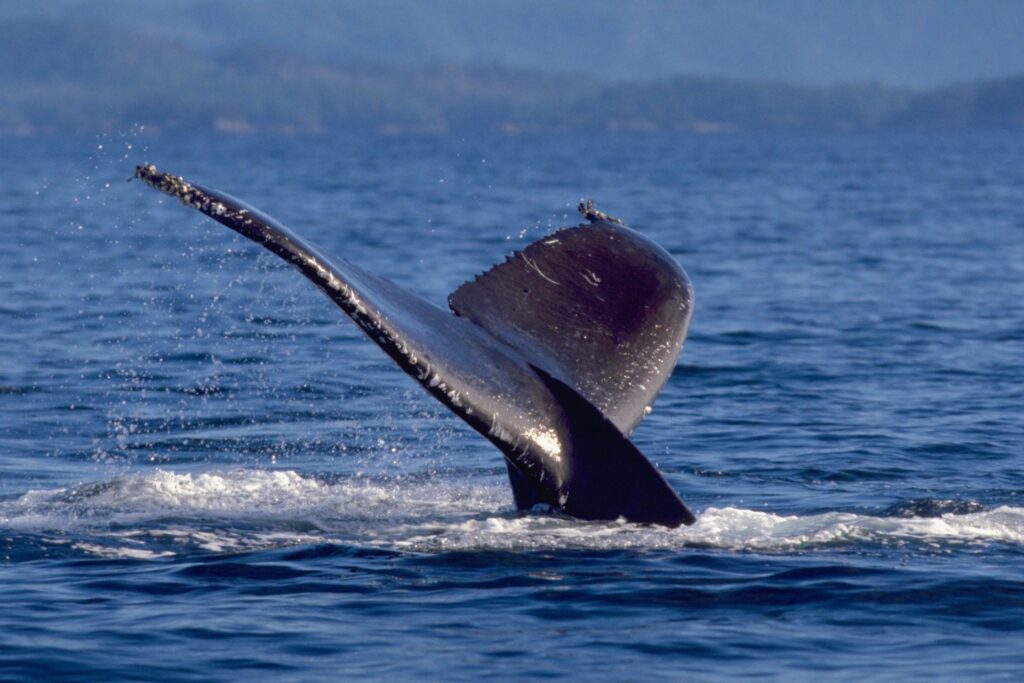

Environmentally Considerate Practices
Practices that are mindful of the whales’ habitat are central to conservation efforts. Tour operators should abide by the regulations set forth by the International Whaling Commission to avoid disrupting the natural behaviors of whales.
Key Conservation Practices:
- Distance: Maintain a respectful distance to prevent stress to the whales.
- Speed: Operate vessels at a slow, steady pace to avoid collisions.
- Noise: Minimize noise pollution to prevent interference with whale communication.
By adhering to these practices, whale-watching tours can play a role in marine conservation while providing tourists with a meaningful adventure in Norway’s waters.
Planning Your Adventure
Whale watching in Norway is a spectacular experience that requires careful planning to ensure the best possible trip. From selecting the right accommodation to choosing reputable tour companies, a little preparation goes a long way.
Accommodation Recommendations
When planning a whale-watching adventure, accommodation plays a crucial role. It’s essential to choose a place that not only provides comfort but also easy access to the whale safari tours. For those looking to stay close to the action, Tromsø offers a range of hotels and guesthouses that are ideally situated for joining whale watching trips. Alternatively, for a more secluded experience, the Lofoten Islands boast a variety of cozy cabins and waterfront lodges, allowing guests to enjoy the beauty of Norway’s natural landscapes.
- Tromsø:
- City Center: Choice for those who prefer urban conveniences.
- Waterfront: For a direct view of harbor activities.
- Lofoten Islands:
- Cabins: Providing a rustic and intimate setting.
- Lodges: Often with amenities tailored to nature enthusiasts.
Best Whale Safari Tours
Selecting a whale safari involves looking at tour companies with a track record of safety, environmental respect, and excellent guest experiences. Viator, a trusted marketplace for tours, features a variety of well-reviewed whale-watching excursions. A popular choice for adventurers is a RIB boat tour, offering an exhilarating ride and close-up encounters with the whales in their natural habitat.
Types of Tours:
- Regular Boat Tours: Ideal for comfort and stability.
- RIB Boat Tours: Fast-paced and closer to the water.
Booking Tips:
- Review tour company ratings on Viator.
- Consider the type and size of boats used; larger vessels may offer more amenities, while smaller boats can provide more personal experiences.
By paying attention to these details, travelers can ensure a remarkable whale-watching journey in the breathtaking waters of Norway.
Marine Wildlife Beyond Whales
Norway’s coastal waters are a treasure trove of biodiversity, and whale-watching trips often provide the opportunity to witness an array of other marine species and coastal birds in their natural habitats.
Encountering Other Marine Life
In the crystalline waters of the Norwegian fjords, visitors on a wildlife sightseeing cruise may encounter a variety of marine life beyond the majestic whales. The Norwegian fjords teem with numerous cetaceans, including playful dolphins and porpoises that often surf the bow waves of boats. Seals bask on rocky outcrops, and flamboyant sea birds dive into the depths to catch their next meal. Occasionally, lucky spectators may even spot the elusive sea otter amidst the fjords.
Bird Watching and the Fjord Ecosystem
Bird watching is a captivating aspect of exploring Norway’s breathtaking landscape. The towering mountains and deep fjords create an ideal setting for spotting seabirds such as puffins, gannets, and sea eagles. Avian enthusiasts will appreciate the diversity, especially in areas like the bird cliffs of Runde, where thousands of birds nest each year. The fjord ecosystem also supports a rich variety of avian life, making every trip a unique nature experience. Visitors seeking an in-depth understanding of these creatures can enhance their knowledge by visiting a whale museum that also exhibits information about the regional marine wildlife.


